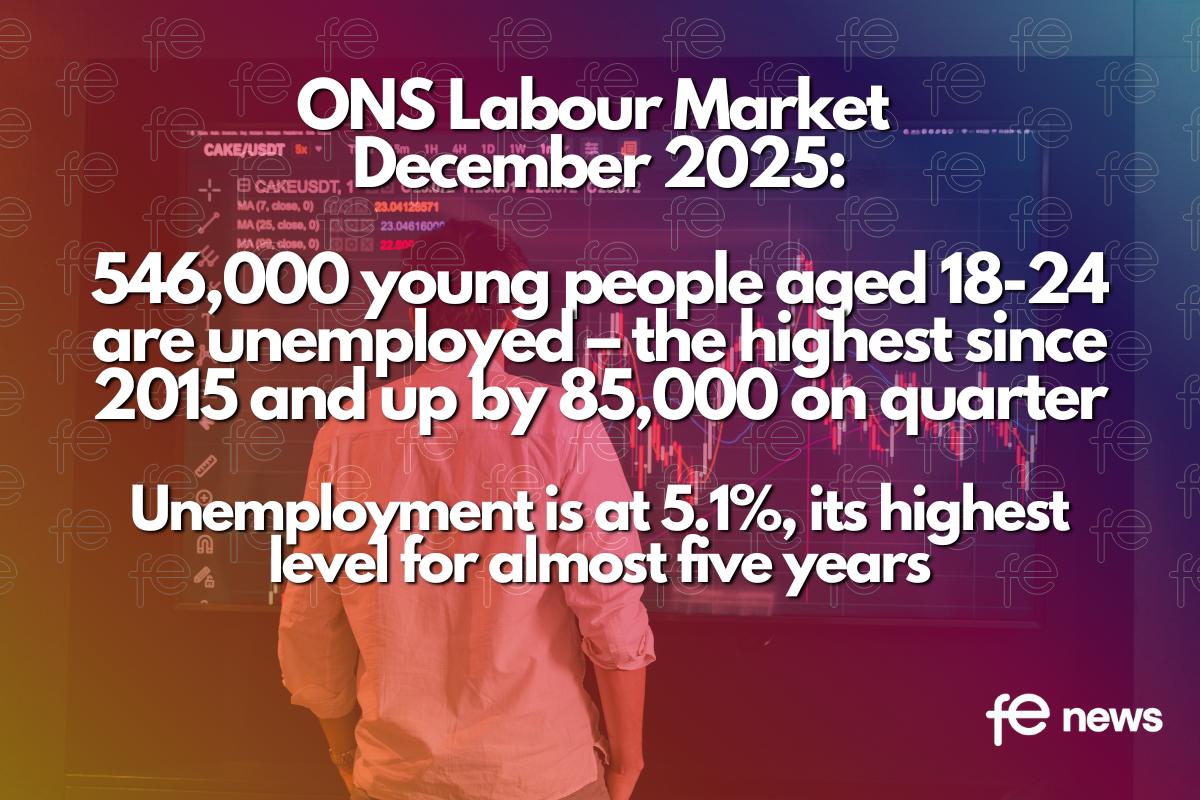Navigating the Apprenticeship Levy lies in information management

The promised new qualifications achievement rates dashboard (QAR) for apprenticeships, education and training may have been delayed but the role of technology and more specifically, dashboards, is still vital when the Apprenticeship Levy comes into play in April.
With just a few weeks to go, many FE institutions have failed to assess the impact of the Apprenticeship Levy payable from 6th April 2017. One element of the government’s reforms is to increase the quality and quantity of apprenticeships, committing to an additional three million apprenticeships in England by 2020.
The Levy will help meet this ambitious target with all employers operating in the UK, with a pay bill over £3 million each year, required to invest in apprenticeships.
The Levy’s introduction hands over control – and indeed responsibility – to businesses, enabling them to choose which FE colleges best support the skills sets they need. By putting employers at the heart of the system, according to the government policy, businesses committed to apprenticeships will get back more than they put in.
As a result, all FE colleges are facing a new, longer-term challenge. They will need to be more employer focussed and able to foster trusted relationships to ensure that their courses are chosen and hence secure apprenticeship funding.
Teresa Frith, senior skills policy manager at the Association of Colleges, shares the concern “that funding changes might reduce demand from employers for younger apprentices”, meaning FE colleges will need to take a more commercial and competitive approach to funding. This is where technology is critical in providing the flexibility and functionality specific to the needs of colleges and apprenticeships.
It is essential that all FE colleges have the right information management systems. In addition to reliable information, FE colleges need to measure their own effectiveness to compete with other training providers to the best of their ability and deliver high quality outcomes at the lowest possible cost. Understanding their competitive positioning will also enable them to map skills via Local Enterprise Partnerships (LEPs).
Dashboarding technology provides FE colleges with the information required to plan and deliver their apprenticeship programme. This is fundamental in gaining a competitive edge in securing funding from the government’s apprenticeship initiative. When selecting training providers, businesses seek institutions that are able to deliver the skills needed for on-the-job training.
Dashboards provide colleges the proof from their data required to attract apprentices. By providing colleges with accurate, real-time monitoring and reporting of key performance indicators, they deliver greater visibility of student success, attainment and recruitment across the whole organisation.
This not only reduces administration time but ensures all apprenticeship data – including lead conversions, enrolment figures, success rates by department, current and predicted revenue streams – are easily available to potential employers in real-time.
It is also possible to link local economic market data into dashboards, enabling the accurate mapping of skills requirements for local businesses and compete more effectively.
Data visualisation is quickly becoming the standard for businesses to make sense of their data, but there’s still a way to go until the education sector fully embraces dashboards as it reels over the QAR’s latest technology failings.
FE colleges who do adopt them will find they can make smarter decisions, quickly, helping them to remain viable and be seen as an employer focussed provider.
The alternative? Put simply, those who don’t adapt to the changing funding market the Levy will bring won’t have a future in this competitive marketplace.
Andy Richardson, CEO, Dynistics











Responses